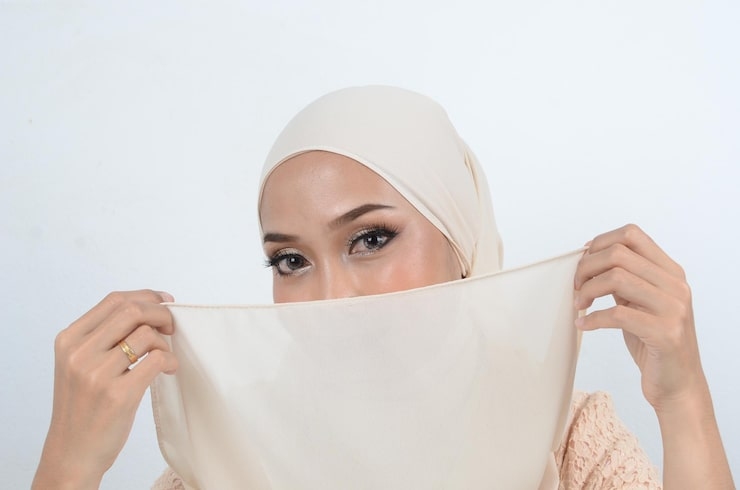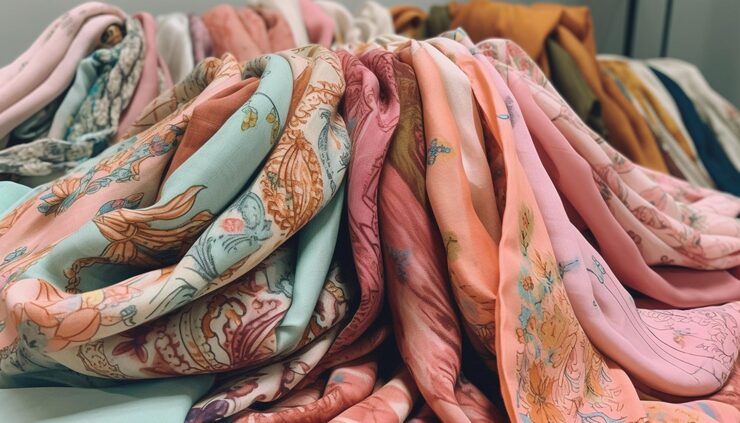Is tudung mandatory? ——A multi-dimensional discussion on religion, culture and modern society
Views :
Update time : 2024-10-18
Is tudung mandatory? ——A multi-dimensional discussion on religion, culture and modern society
With the increasing global attention to Islamic culture, the discussion on whether Muslim women must wear headscarves (tudung or hijab) has become more heated. Tudung is a headscarf specific to Muslim women in Southeast Asia, especially widely used in Malaysia, Singapore and Indonesia. For Muslim women in these regions, tudung is a symbol of modesty and faith, but whether it is mandatory to wear it has still caused widespread controversy at the religious, cultural and social levels. This article will explore whether tudung is mandatory from multiple perspectives and the complexity behind this issue.
1. Religious background: headscarf requirements in Islamic doctrine
Before discussing whether tudung is mandatory, we must first understand the relevant regulations in Islamic doctrine. The Quran and Hadith in Islam clearly state that Muslim women should dress modestly to avoid excessive exposure of the body. As a part of the body that covers the headscarf, the hijab meets the Islamic requirements for women's clothing. The core idea behind it is to protect the dignity and privacy of women and emphasize that they should show a modest image in public.
Although Islamic doctrines require women to dress modestly, there is no specific mandatory requirement that every woman must wear a headscarf. Different scholars and sects have different interpretations of the headscarf. Some sects believe that it is a religious obligation for women, while others believe that it is based on personal understanding and choice of faith. Therefore, from a religious perspective, wearing a tudung is more like a voluntary choice made by women based on the depth of their faith, rather than a universal mandatory requirement.
2. Legal provisions of various countries on tudung: coercion and freedom coexist
Different Muslim countries and regions have different legal provisions on whether women must wear headscarves. In some countries, women are forced to wear headscarves in public, while in other countries, women have more freedom to choose.
2.1. Malaysia: a balance between culture and freedom
In Malaysia, the wearing of tudung is not legally mandatory. Although Malaysia is a Muslim-majority country, it does not require women to wear tudung like some Middle Eastern countries. In daily life in cities and villages, many Malay women choose to wear tudung out of respect for their beliefs, but this is more of a cultural practice than a legal obligation.
However, cultural pressures still exist in Malaysian society. In some conservative areas or communities, women may be subject to informal social pressure for not wearing headscarves. For example, in some schools and government agencies, although there is no formal legal requirement, not wearing headscarves may be seen as "inappropriate" or "lacking religious beliefs". This makes many Malay women often subject to implicit influence from their families, peers and communities when choosing to wear tudung.
2.2. Singapore: Personal choice under multiculturalism
As a multicultural city-state, it is also common for Muslim women in Singapore to wear tudung, but whether to wear it or not is entirely up to personal will. There is no law in Singapore's public institutions, schools and workplaces that forces Muslim women to wear tudung. The government has always adhered to a secular policy, respecting personal freedom of religious belief and allowing women to freely choose whether to wear tudung.
Despite this, there have been restrictions on wearing tudungs in certain professions in Singapore, such as police officers and nurses, where wearing tudungs was once not allowed. This policy has caused some controversy, but in recent years, with the diversification of society and respect for religious beliefs, these restrictions have gradually been relaxed.
2.3. Iran and Saudi Arabia: Typical examples of legal coercion
Unlike Malaysia and Singapore, Iran and Saudi Arabia have strict legal requirements for women to wear headscarves. In Iran, women have been required to wear headscarves in public since the Islamic Revolution in 1979, and violating this rule may face legal penalties. Women in Saudi Arabia are also required to wear headscarves and loose robes (abaya) in public places. These countries regard headscarves as part of Islamic law and enforce them through national laws.
However, it is worth noting that in recent years, some women in these countries have publicly opposed the mandatory wearing of headscarves. For example, during the "White Wednesday" protest movement in Iran, women expressed their dissatisfaction with the mandatory law by taking off their headscarves, showing that some women have developed resistance to the mandatory wearing of headscarves.
3. Tudung in modern society: the intersection of culture and fashion
With the influence of global fashion trends, tudung is no longer just a symbol of religious obligations, it has gradually evolved into a combination of culture and fashion. Especially in Southeast Asia, more and more Muslim women regard wearing tudung as a display of personal style. Designers continue to launch various fashionable styles of tudung, from color, fabric to wearing methods, gradually getting rid of the traditional single image, making it more diverse and modern.
For example, in Malaysia, many young women choose colorful and well-designed tudung to match their daily wear. Although they choose to wear tudung for religious beliefs, they are also expressing their personality and fashion taste in this way. Therefore, in modern society, the wearing of tudung has in some cases transcended religious obligations and become part of personal fashion expression.
4. Conclusion: Is tudung mandatory?
In summary, the wearing of tudung has different mandatory natures in different countries and cultural contexts. In some countries, such as Iran and Saudi Arabia, women must follow strict legal requirements to wear headscarves. In Southeast Asian countries, such as Malaysia and Singapore, wearing tudung is more of a choice of personal belief and cultural tradition rather than a mandatory requirement.
From a religious perspective, wearing tudung is a compliance with the principles of modesty and dignity in Islamic teachings, but there is no clear global mandatory requirement. Women everywhere are often influenced by culture, society, and family when deciding whether to wear tudung. Therefore, the mandatory nature of tudung is more reflected in regional laws or cultural norms rather than universal religious doctrines.
Whether mandatory or not, the wearing of tudung has gradually developed into a complex phenomenon around the world. It not only carries deep religious and cultural significance, but also evolves into a way for women to express themselves and choose fashion in modern society. This multi-level evolution has made the wearing of tudung part of the identity of Muslim women around the world.




